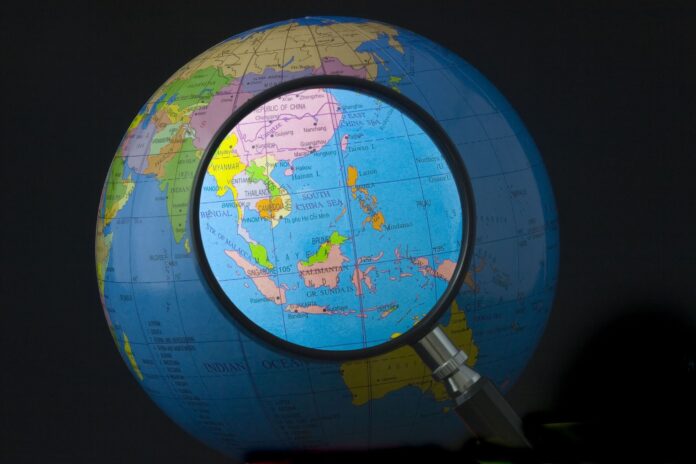IDC said that most telecom carriers saw manufacturing, smart cities with smart mobility and smart buildings as the most critical use cases for the introduction of 5G APAC
About 12.4% of telecom carrier respondents in Asia-Pacific (APAC) consider the Industrial Internet of Things (IIoT) to be one of the important reasons for rolling out 5G services according to a report by research firm IDC.
IDC forecasts that 5G connections in the APAC region, including mobile subscriber and IoT connections, will grow from 574 million in 2021 to 3.23 billion in 2025, growing at a compound annual growth rate (CAGR) of 87.9% during the period.
According to the IDC Carrier Transformation Survey 2022, most carriers saw manufacturing, smart cities with smart mobility and smart buildings, as the most critical use cases for the introduction of 5G in the region.
IDC also explained how new technologies such as 5G and IoT could help companies to meet their efforts to reduce emissions and energy costs. Sustainable practices in day-to-day business and strategic planning reduce energy costs and save energy. They include specific actions, such as cutting down excess energy usage, switching to sustainable energy resources and improving manufacturing and supply chain efficiencies, among others. Digital technologies, such as 5G, IoT, AI, machine learning and smart building solutions, will cut emissions in smart factories through faster and more efficient production lines and increased energy efficiency, IDC said.
“The shift to a greener, lower carbon future will be made possible through digitization and connectivity,” said Piyush Singh, senior market analyst at IDC Asia Pacific. “One of the concepts in Industry 4.0 is efficiency equals energy saving. Anything and everything organizations do to save energy ultimately increases efficiency,” Singh added.
IDC noted that 5G technology plays a key role in bringing a whole set of new ecosystems for organizations, which can help in achieving their sustainability goals. Manufacturing facilities all throughout the APAC region have implemented private or dedicated networks for controlling several pieces of equipment on-premises. “Unstable wireless communication and latency are the barriers for the adoption of digital transformation in any firm which can be solved with the help of 5G. IoT devices require very dependable communication, which may also be provided via private 5G network easily,” the firm said.
Earlier this year, IDC said that 5G technology will have the fastest increase of any cellular technology through 2026 to account for over 40% of the APAC’s mobile connections, including machine to machine (M2M).
“Since its first mover origins in South Korea in 2019, 5G adoption has shown tremendous growth at the back of massive adoption in China. The enormous volumes coming out of China are a big driver of the overall 5G ramp up,” IDC said.
“Outside of China and South Korea, several markets, including Japan, Australia, Singapore, Thailand, and more recently, India, have all allocated 5G spectrum, and mobile network operators have launched commercial services. As we approach the later years of the forecast period in 2026, IDC expects the China market to mature, with net adds decelerating. However, India’s net adds will rise significantly to keep 5G momentum strong,” IDC added.

